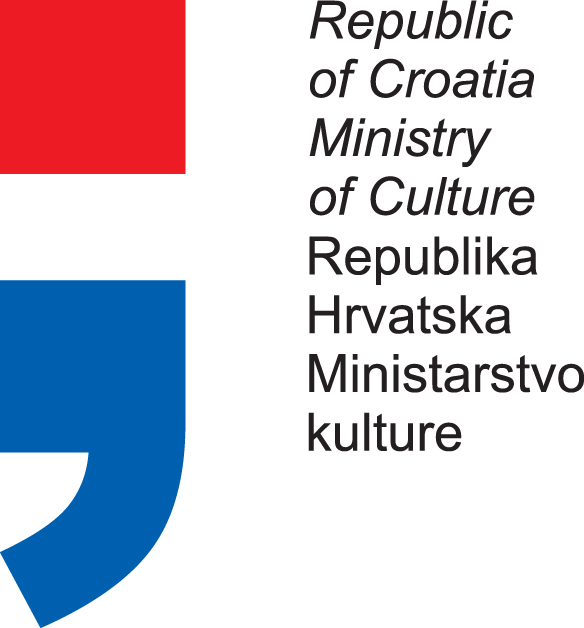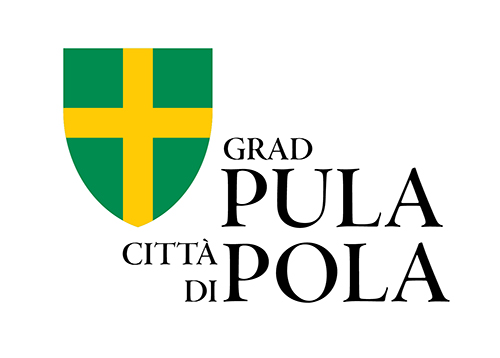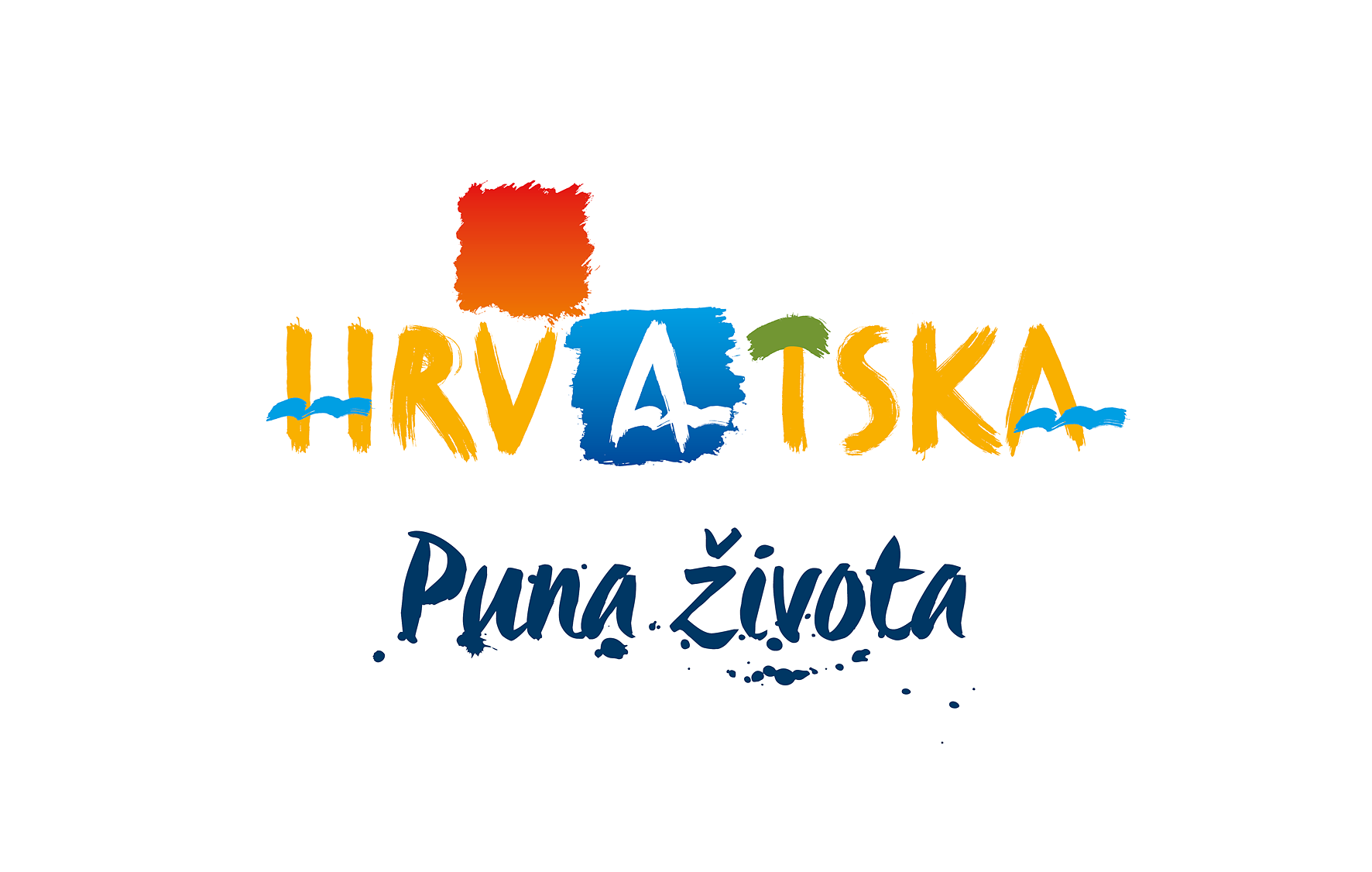
“We are very proud that the Festival has continued the tradition and has reissued the book Time Machine 3: Cinematographic Activities in Pula, 1896-1918 by Dejan Kosanović”, said the director of Pula Film Festival Gordana Restović at the book presentation. “The book was written 30 years ago, and it is nice to have it published once again. Kosanović was the director of this Festival and he was a researcher”, Restović said.
Daniel Rafaelić is the author of the foreword, and he said the book was written in turbulent times. “It was 1988, and Ena Begović was presented with the Golden Arena for her lead role in the film The Glembays, and that’s where the ruptures in the Festival were visible”, said Reafaelić. “Pula has a rich film history and is important for the whole region. Our task was therefore to reissue this book, which will serve as a manual for future generations”, Rafaelić concluded.
Editor Sanela Pliško said the content of the book has not been changed, but it has been linguistically adapted, enhanced with additional photographs, and complemented with an introduction and conclusion.
Jelena Dorogi Kosanović, the author’s daughter, has approved the reissue of the expanded book that has left many more unanswered questions, and which, according to the words of the editor, holds the crown of Pula’s recent history. She also noted that her father gladly gave his approval for his work to be published so that they can serve as encouragement for further research. She emphasised that this reissue is an important moment for her family. “My father would be very happy to see the book updated”, she said.
The book includes photographs from the collection of the Historical and Maritime Museum of Istria, the winner of this year’s Marijan Rotar Award. Lana Skuljan-Bilić said the photographs are part of the original collection of the Museum, old postcards with motives of the first proper cinemas in Pula and photographs of the depictions of historical events. She said that the photographs are the most authentic representation of a time, and that the cinema programme can be reconstructed from the material they have found.
Rafaelić agreed that all materials have a rich film history, which provides us with a broader picture of the life of the city. He added that Pula has an organic relationship with film, and that the Festival has influenced the awareness of the people of Pula, a city inseparable from film. “Pula’s present is like that as well, and it is our task to preserve it”, he concluded.
As there are many unanswered questions, Sanela Pliško expressed the wish to supplement the book, but she added that there have been some discoveries in the meantime that are of great importance to Pula. One of the most important discoveries is the fact that cinematographer and professor Enes Midžić has moved the date of the first films filmed in Pula (filmed by Alexandre Promio, cinematographer of Société Lumière) by six years.
Check the photo gallery HERE.







